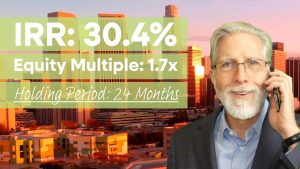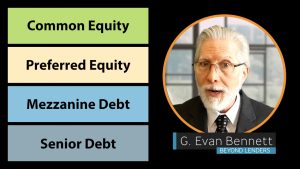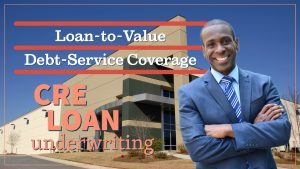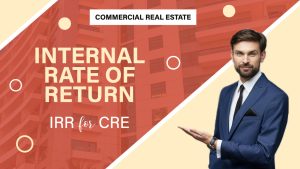When it comes to how most real estate investors think about risk and return, their strategies tend to fall into one of four categories.
Objectives
- Learn the characteristics of each category in the risk/return spectrum.
- Note the typical returns expected by investors for each category.
- Decide which strategies best suit your objectives.
Listen to This Article
As real estate investors, we’ve got a myriad of options to consider, everything from our preferred property types and markets to how we structure ownership and source capital. When it comes to how most investors think about risk and return, however, our strategies tend to fall into one of four categories: core, core plus, value-add, and opportunistic. These categories form a widely accepted and understood framework for classifying real estate investments by their risk/return profile. Let’s consider each category in the risk/return spectrum.
Core: Keeping It Simple
Core is the least risky investment strategy, although it tends to have the lowest returns. These are class A properties in excellent condition and located in the best markets. They consistently operate at stabilized occupancy and always achieve market rents. Core can be applied to any property type, both those leased to individuals and businesses. For the latter group of tenants, they’re typically nationally known companies with strong credit ratings and long-term leases. All of this results in a very stable and predictable return for investors, typically somewhere between a 6% and 10% IRR.
Internal rate of return, or IRR, is an investment metric that factors in all income during the holding period and any profit realized when the property is sold. If you’d like to take a deeper dive into IRR, watch our video on the topic.
Core Plus: A Little More Adventurous
If you’re looking for greater returns and you’re willing to take on a little more risk, core plus might be the right strategy for you. Core plus is slightly inferior to core, at least concerning characteristics such as occupancy, tenancy, and condition of the improvements. The basic strategy here is that you buy a core plus property with the intention of turning it into a core property. Accomplishing this might entail some combination of minor repairs and upgrades, better quality tenants, stabilized occupancy at market rents, and management efficiencies. The property will not only benefit from greater income during the holding period, but it will also likely trade at a lower cap rate at reversion. This tends to give core plus a boost, typically putting IRR at somewhere between 8% and 12%.
Value-Add: Taking It up a Notch
If you want still higher returns and are willing to take on more risk, value-add properties may be an option for you. In some ways, value-add copies the techniques used for core plus. What’s different is the amount of work required. Value-add properties tend to be in worse condition and less professionally managed. When compared with newer properties in the market, they feel outdated, lacking in the finishes and amenities that tenants have come to expect. As a result, occupancy rates may be well below stabilized levels, and the units that are leased fail to achieve market rents.
Value-add investors acquire these properties, ideally at below replacement cost, and implement a detailed plan for repairs, renovations, and upgrades. This tends to reposition the property in the market, giving it back its competitive edge. It’s then leased back up to stabilized occupancy at market rents that are comparable to core plus or maybe even core properties. This implies a much greater sale price at reversion. The annualized IRR for a value-add deal typically ranges between 10% and 20%.
Opportunistic: Only for the Brave
The last category, opportunistic, is not for the faint of heart. However, if you’re willing to take on more risk, it offers up the potential for an outsized return. Opportunistic investments are typically either ground-up development projects or down-to-the-studs, complete renovation of existing buildings, ones that may include structural repairs and even adaptive reuse. Existing buildings in these scenarios are sometimes acquired through distressed sales. There are typically few, if any, tenants in place at acquisition. This means you’re not likely to see any returns early on, maybe not even the first couple of years. Most of the income will be generated late in the holding period, leading up to and culminating in disposition of the property. When annualized, IRR for an opportunistic investment can exceed 20%, and sometimes by a significant measure.
Hopefully this article has given you the insight needed to select a strategy, or a combination of strategies, that’s best suited for growing your wealth.



















